On social media, many viewers baffled after realizing why the magnet truck won’t work, which gained attention.
On Twitter, many users are inviting the internet to provide one good reason why the magnet truck won’t work.
The concept of a magnet-powered vehicle has intrigued many.
On Twiiter, a user, who goes by @NoContextHumans shared a post sparked discussion about the magnet truck.
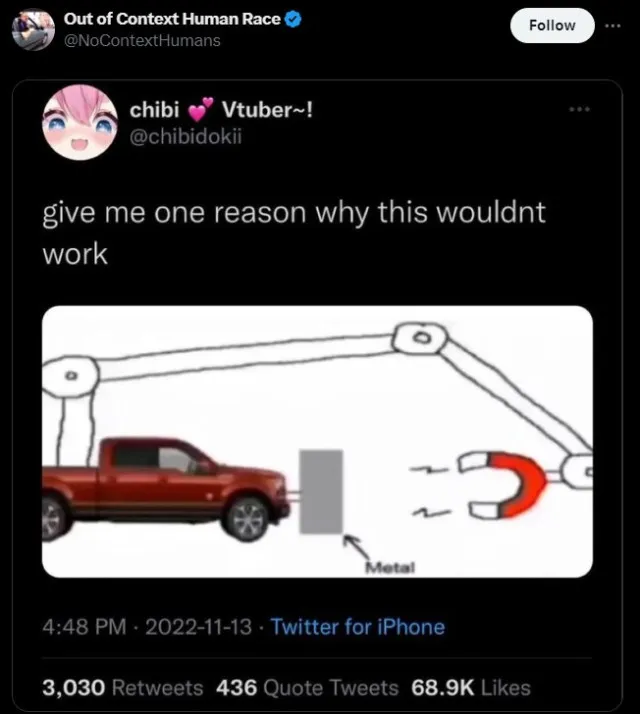
The post read: “Give me one reason why this woudn’t work”.
On Internet, many wondered why we don’t simply attach a magnet to the front of a truck and propel it forward with another magnet.
In the comment section, many users lost their minds when they admitted their lack of knowledge.
They were unaware of the fundamental reasons, grounded in physics, that explain why it won’t work.
One person said: 1 reason this isn’t a good idea without getting into the physics of it, you wouldn’t be able to see
A second wrote: I’m thinking of giving this as an extra credit problem on the engineering mechanics final I’m giving next week.
While a third commented: Physicists have been suspiciously quiet since this dropped.
Another adedd: This is like pulling your own shirt trying to make yourself move.
The basics of magnetism and motion
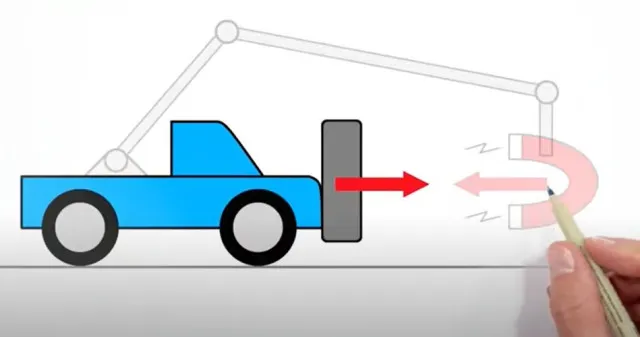
If you’ve ever studied magnets, you might have learned that they can’t power vehicles in this way.
Instead, we rely on electricity and fuel to drive our cars.
This leads to two possibilities. Either there is a compelling reason why a magnet truck won’t function, or you are on the brink of a groundbreaking discovery.
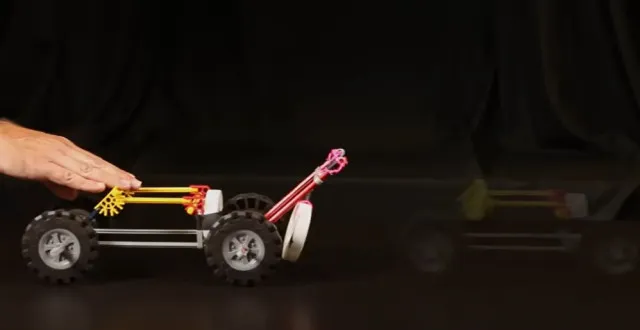
Occasionally, people joke about being the first to propose a magnet truck, but the reality is quite different.
In practice, this concept fails due to the laws of physics.
If such a vehicle could function, it would essentially be a perpetual motion machine, which contradicts established scientific principles.
The laws of physics at play
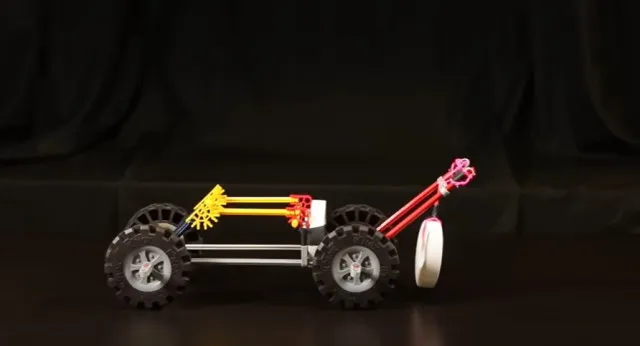
One primary reason a magnet truck won’t work lies in Newton’s laws of motion.
Specifically, Newton’s First Law states that an object at rest remains at rest unless acted upon by an external force.
Meanwhile, Newton’s Third Law asserts that when one object exerts a force on another, the second object responds.
It exerts an equal and opposite force on the first.
In the case of a magnet truck, the magnets are part of the same system, connected by a bar or rope.
They attract each other but do not apply force to an external object.
So, it means the car remains stationary, much like the magnets themselves.
To help illustrate this concept, consider a different type of force.
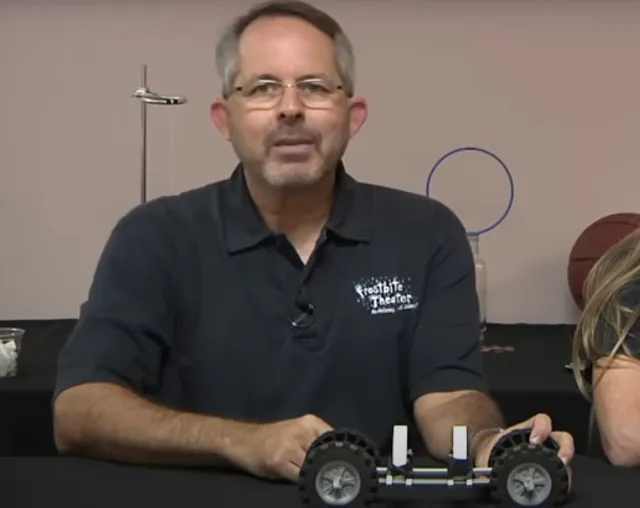
Imagine stretching a large rubber band in front of a vehicle.
If you were to walk in front of the car while pulling the rubber band, it would create an attractive force, potentially propelling the car forward.
However, if you leaned out of the sunroof and attempted to stretch the rubber band ahead of you, the car would not move.
Ultimately, if you remain skeptical about these principles, try a simple experiment.
The next time your car breaks down, see what happens when you push it from the inside.

This exercise will help illustrate the importance of external forces in creating motion.
Good luck!